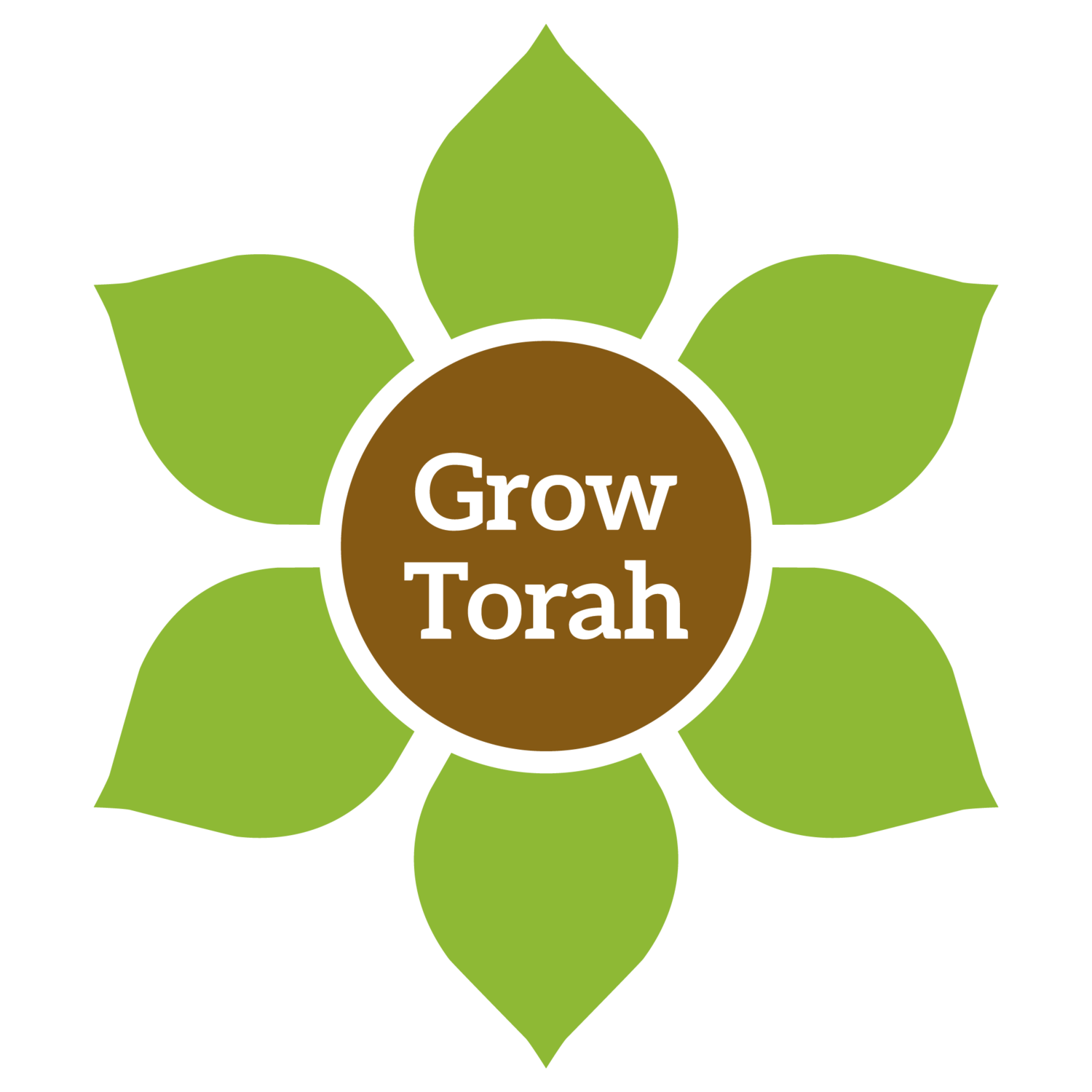The Halakhic Process and Climate Change
By: Ruthie Davis
Written as part of the GrowTorah Winter Fellowship with OU JLIC
Every Orthodox Jew I know recognizes that milk is blue and meat is red – that is, anything milchig should be marked blue and anything fleishig should be red. There is no mishnah, to my knowledge, that said this was true. And yet, this distinction is followed. I am not a Rabbi, and I am not a scholar, and yet in this fact we can recognize that the halakhah has a force and a normative power that extends well beyond the letter of the law, well beyond just dictating what your Rabbi could allow or prohibit, well beyond what could be brought to trial in a hypothetical beit din. Though a Judaism that relies only on the halakha is incomplete, Halakha, when broadly speaking, is not just a set of laws. It is a way of life.
Climate change is a relatively new phenomenon, and its concerns seemingly foreign to the halakhic way of life. Going back to texts written thousands of years ago, connections might seem tenuous. But with climate change increasingly affecting the world around us (and one barely has to look farther than the weather to know it is), we must understand how the authority of Halakha guides our understanding of responsibility towards the environment. What does the halakha have to say, and with what force does it say it?
In Bava Batra, there is a prohibition on what might be called air pollution. Threshing floors, where loose chaff might be carried by the wind into neighboring fields and cause harm, as well as tanneries and graves that would carry an unpleasant smell downwind, must be separated from the neighbors by 50 amot. (Mishnah Bava Batra 2:8-9) Neither involves direct damages to an individual – instead, they fall into the category of grama nezikin, indirect damages. The solution is to move the offending building as far as is necessary to avoid the damage to the community or your neighbor.
These cases are significant because in prohibiting air pollution, a form of indirect and unintentional damage to the community, they provide a parallel framework for understanding our responsibility with regard to contributing towards pollution, including greenhouse gas emissions. Of course, the parallel is limited: the cases present immediate and obvious damage from a single source of pollution, whereas you might say that the effects of most single, individual acts of carbon emissions are negligible. A tannery has a smell – carbon emissions have only statistical models. But the statistical models add up to more than the sum of their parts, and the damages caused by carbon emissions to our fellow humans, are as clear at this point as a bad smell wafting downwind.
The ethic behind the laws is not merely inspirational, it is compelling — showing us that our halakhic responsibility to our neighbors and fellow citizens extends beyond direct harm, towards forms of environmental damage. The halakha does not insist on radical change; 50 amot is not so far from town. But it does establish a baseline for consideration, where the needs of the community take precedence over convenience.
The laws of grama nezikin do not tell us what our personal “carbon footprint” should be, or how many flights a year would be within our rights. The halakha here cannot be used to enforce a set level of sustainability. But they do compel us towards a higher ethic of environmental consciousness. They make us recognize that acting responsibly towards our environment, because of the effect it has on our neighbors, needs to be a part of what Jews do. As observant Jews, sustainable and responsible action should be as naturalized to our way of life as blue for milk and red for meat.
